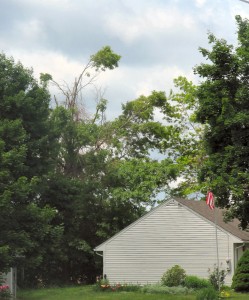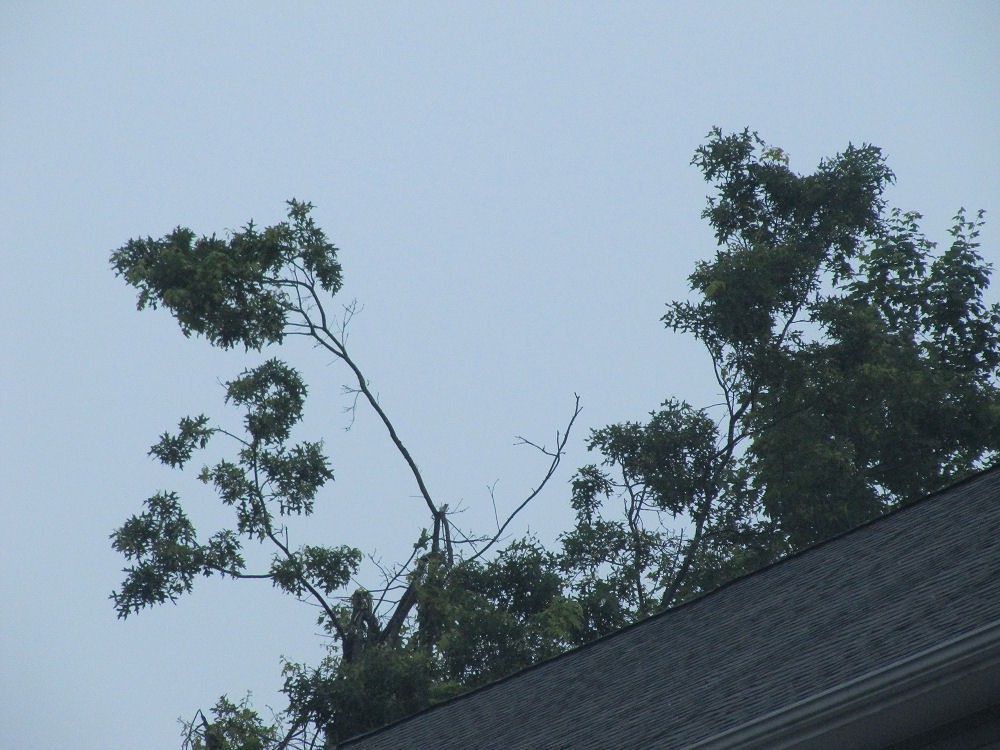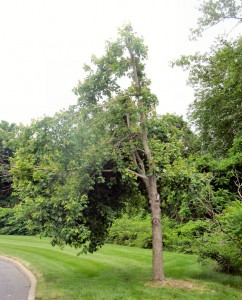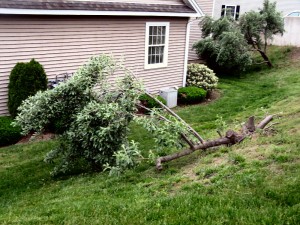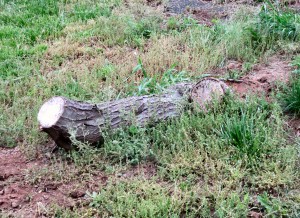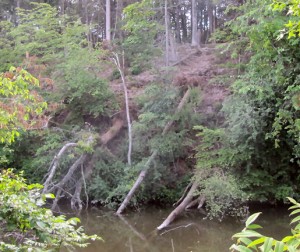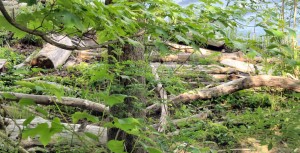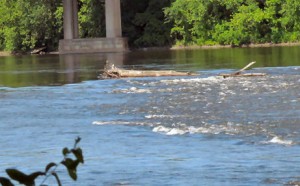The October Surprise was hard on New England’s flora. Continue reading
Southern New England generally enjoys mild weather. Three seasons are beautiful, and the winters are usually tolerable. 2011 was an exception. It was the hottest and wettest year on record, and there were two destructive storms. On June 1, a few tornadoes touched down in several locations between Springfield, MA, and Sturbridge. On October 30 the region suffered the effects of a freakish snowstorm of massive proportions. Many tree limbs were lost, and a lot of people were without electricity for a week or more.
We received between one and two feet of snow. The worst damage was in northern CT, which is where I live, and it was much worse than one would expect for a storm of that magnitude. In the first place, quite a few leaves were still attached to the trees due to the exceptional heat and rainfall. That meant that a lot more snow accumulated on the branches than would have been the case with a winter storm. The second exacerbating factor was the fact that the snow mixed with ice. This made the snow stick to the branches as it fell, and it made the accumulation there immune to the effects of the winds that would ordinarily blow it to the ground.
Seven months later the effects of the snowstorm are no longer easily visible. New England is as green as ever, and that is very green. If you look hard enough, however, you can see some very peculiar remnants of the storm.
Both of these trees can be seen — in opposite directions — from my parking spot at the office.
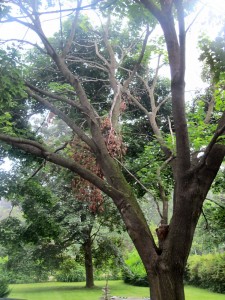
This maple lost a LOT of branches. I have still not figured out an easy way to dislodge some of them.
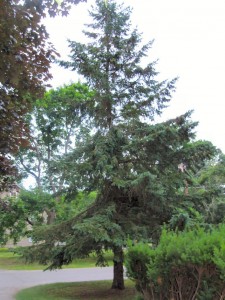
Many of the branches on the north side of this pine in our front yard were permanently bent 90 degrees.
I took these last two photos just in time. The landscapers came in last week with a chainsaw and a Bobcat; there is no sign of either bush now.
One place in which the effects of the storm are easy to see is the Windsor Locks Canal, which is just west of the Connecticut River, which flows due south from Vermont-New Hampshire to the Long Island Sound. The fact that the ground was saturated from all the rain that we received in October caused dozens of trees weighted down with snow to become uprooted and fall into the canal.
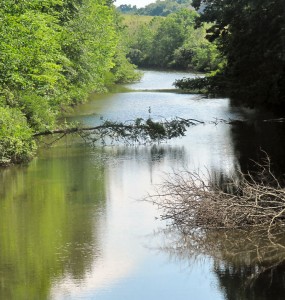
This is the canal. The tree in the foreground fell into the canal. The one in the middle of the photo is hanging on by a root or two.
The trees that fell into the canal, which has no current to speak of, for the most part just stayed there. Trees that fell into the river are eventually swept downstream. Sometimes they end up trapped on the shore. At one spot several of them are visible.
Most peculiar of all is the tree that has been sitting in the same position in the middle of the river for months. It is apparently caught on something just north of some rapids. I would have expected it to pivot 90°, but it still resolutely points downstream.

